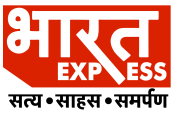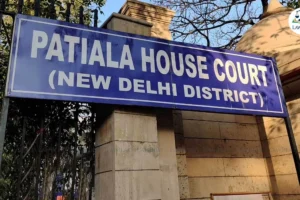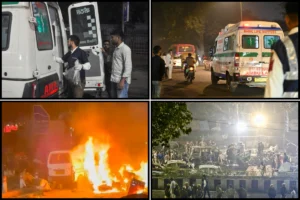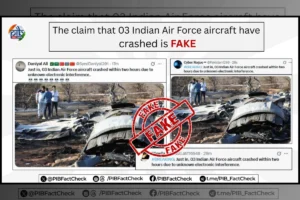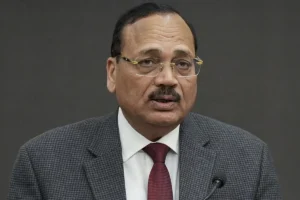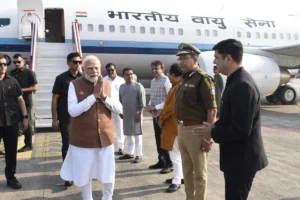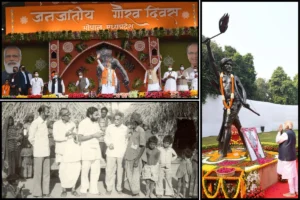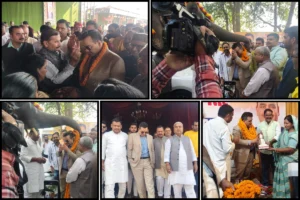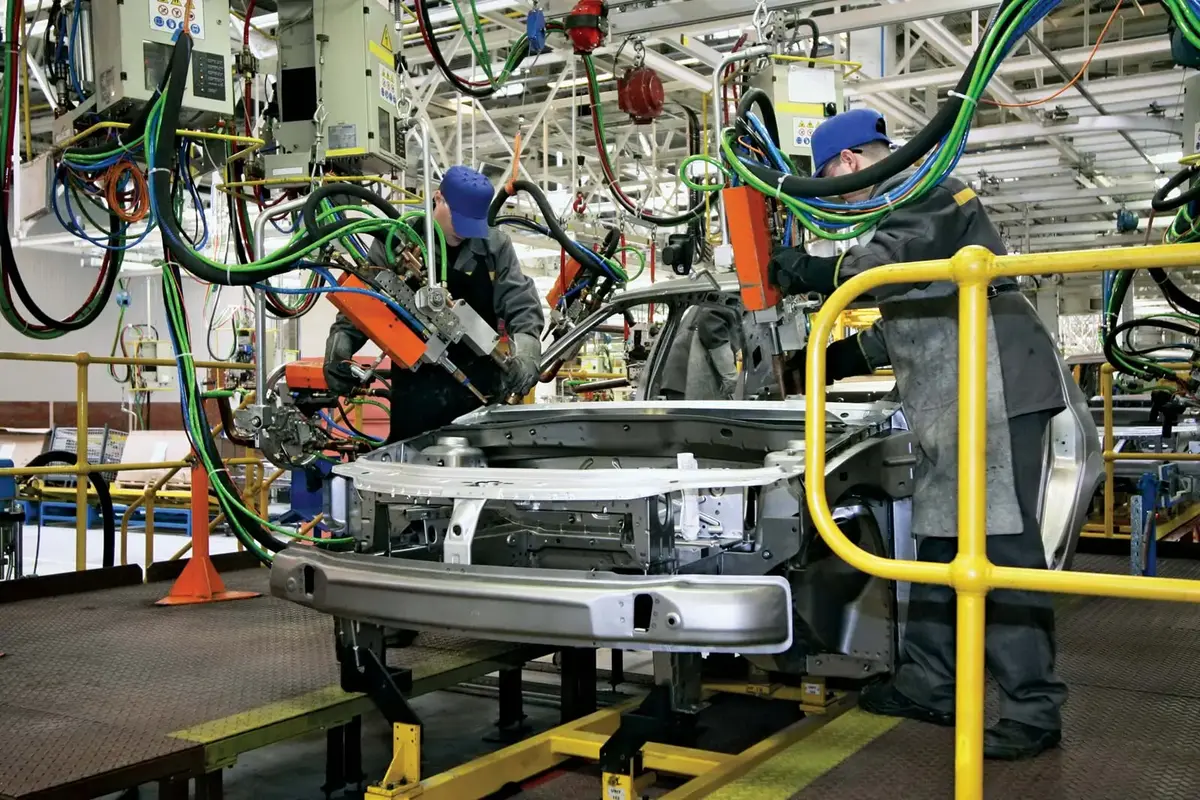
Amid ongoing speculation about the potential imposition of a 25% tariff on imports by the United States, India’s automotive component industry is projected to continue its steady growth, with an expansion rate of 8-10% in FY26. Following a robust 14% growth in FY24, the sector is expected to see a more moderate growth of 7-9% in FY25.
According to ICRA, the industry’s growth will be driven by a strong export performance, increased localisation of electric vehicle (EV) components, and rising demand in the aftermarket sector.
Driving Factors: Export Performance And Localisation Of EV Components
ICRA’s analysis indicates that the auto component industry is on track to incur a capital expenditure (capex) of Rs 25,000-30,000 crore in FY26. The focus will be on capacity expansion, localisation efforts, and technological advancements, particularly in the EV component sector.
Currently, 30-40% of the EV supply chain is localised, with notable progress in traction motors, control units, and battery management systems. However, battery cells—representing 35-40% of a vehicle’s total cost—are still fully imported, presenting a significant opportunity for domestic manufacturers to tap into.
Growth In Domestic Demand And The Aftermarket
The domestic Original Equipment Manufacturers (OEMs), which contribute more than half of the industry’s revenue, are expected to increase demand.
Also Read: Hiring Demand For Freshers Set To Surge In 2025; Reports TeamLease EdTech
This growth will be aided by a rise in premiumisation and higher value addition in vehicle components. Additionally, the replacement market, bolstered by trends like vehicle aging, the growing popularity of used cars, and preventive maintenance, is expected to see a 5-7% increase in FY25, followed by a 7-9% rise in FY26.
Export Challenges And Opportunities
Exports, which contribute nearly 30% of the industry’s revenue, may face challenges due to slow vehicle registration growth in key markets.
However, the diversification of suppliers by global OEMs and Tier-1 suppliers, along with increased outsourcing, is expected to support growth. India’s metal castings and forgings industry is also poised to benefit from the closure of European Union (EU) plants facing viability issues.
Moreover, the aftermarket segment is projected to see growing demand both domestically and internationally, particularly in lubricants and safety-critical components.
India As A Global Manufacturing Hub
Despite uncertainties surrounding tariffs on raw materials like steel and aluminum, India is reinforcing its position as a global manufacturing hub. The ‘China Plus One’ strategy has led to a surge in export orders for Indian manufacturers, especially in the forgings and castings required for engine and transmission components.
Additionally, supply chain diversification strategies in the US and Europe are further positioning India as an attractive alternative for manufacturing.
Private Equity And Technological Advancements Fuel Growth
The Indian auto component sector is also drawing increased interest from private equity (PE) investors, driven by regulatory changes, technological advancements, and the need for supply chain diversification.
Mergers and acquisitions (M&A) activity is on the rise, especially in software-driven solutions, AI integration, and EV component manufacturing. Government initiatives like the FAME scheme and Bharat NCAP (BNCAP) safety regulations are also bolstering the industry’s value chain.
Challenges In Battery Technology
While India has made significant strides in the localisation of EV components, the country remains dependent on China for lithium-ion battery cells, particularly in lithium iron phosphate (LFP) and nickel manganese cobalt (NMC) chemistries.
Despite ongoing efforts to develop indigenous battery technologies, cost competitiveness remains a challenge. Industry experts believe that while full decoupling from China is unlikely in the short term, forging strategic global partnerships will be crucial to enhancing India’s battery manufacturing capabilities.
Financial Health Of The Industry
ICRA’s analysis suggests that auto ancillary players are in a strong financial position, with most rated firms maintaining investment-grade ratings.
The industry has seen more upgrades than downgrades in the last two to three years, signaling an improvement in credit profiles.
The financial outlook for the sector remains stable, supported by healthy cash flows and limited incremental debt.
To read more such news, download Bharat Express news apps
